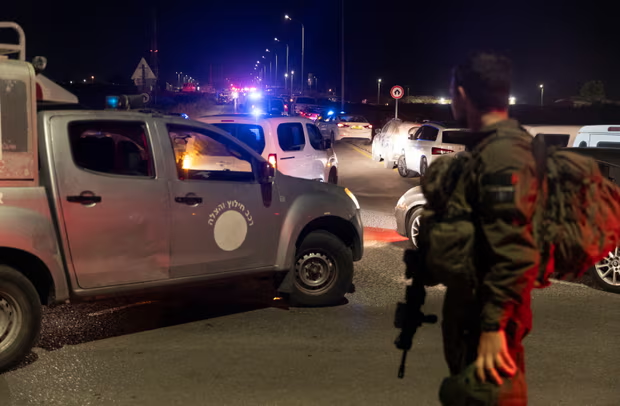

A first aid kit is a basic medical package used for the immediate care of an accident, injury, or sudden illness. Being well-stocked at home, work, or in your vehicle ensures that you are equipped and prepared to make that critical difference, stabilize the situation, and await professional help.
Why Do You Need a First Aid Kit?
The medical condition is unpredictable and, sometimes, the delay worsens the problem. First, aid equipment in a first-aid kit may prevent infections caused by cuts or wounds and stabilize the person’s condition before reaching a hospital. It can even remove minor pains, burns, and sprains in some instances.
What Should Be in a First Aid Kit?
A bare minimum first aid kit content would involve several equipment designed for different types of injuries. What actually goes in it would depend on the user, the locale, and the needs of the individual first aider in his or her actual application of the first aid. Here is a generic list of items that can be included in a first aid kit: https://fashionsportsnews.site/give-your-lives-a-new-start-with-new-ideas-of-house-interior-designs/
Bandages and Dressings:
Band-aids of all sizes
Sterile gauze pads
Adhesive tape
Elastic bandage for strains
Antiseptics and Ointments:
Antiseptic wipes or solutions to clean the wound
Antibiotic ointment to prevent infection
Burn salve or hydrocortisone cream-if for burns or skin irritation
Tools and Equipment:
Tweezers-to pull debris from wounds
Scissors-to cut tape or clothing
Sewing pins-to pin bandages or slings
Disposable gloves-prevent infection
CPR mask or shield-for rescue breathing
Medications:
Pain medicine like ibuprofen or acetaminophen
Anti-histamines-for allergic reaction
Aspirin-if the person is having a heart attack-should not give to children
Anti-nausea or anti-diarrhea medication
Include one of each of the following
Sterile eye dressings-for eye injuries
Cold packs (for sprains or swelling)
Thermometer (to monitor fever)
First aid manual or instruction booklet for ready reference
How to Keep a First Aid Kit?
Regular Checks: Check your first aid kit to ensure that it is adequately replenished. You have to check at least twice every year, and replace used, broken, or expired items.
Make it accessible: Keep your kit in a place that can be accessed promptly and ensure all members of the household, family, and coworkers know where the kit is located in case an emergency strikes.
Customise it to your needs: according to your location or specific hazards you might add insect repellent, sunscreen or splints to your kit.
Special Considerations
For Day Camps, Hikes or Backpacking Groups: Add a whistle, space blanket, and multi-tool to your kit, if preparing a kit for day camps, hikes, or backpacking groups.
You Have Children: If you have children, make sure any prescription medicines that you place in your kit are childproof.





